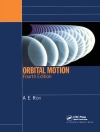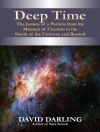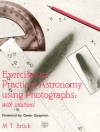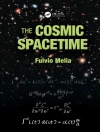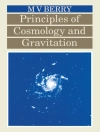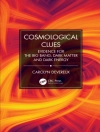, This is the updated, widely revised, restructured and expanded third edition of Léna et al.’s successful work Observational Astrophysics. It presents a synthesis on tools and methods of observational astrophysics of the early 21st century. Written specifically for astrophysicists and graduate students, this textbook focuses on fundamental and sometimes practical limitations on the ultimate performance that an astronomical system may reach, rather than presenting particular systems in detail.
In little more than a decade there has been extraordinary progress in imaging and detection technologies, in the fields of adaptive optics, optical interferometry, in the sub-millimetre waveband, observation of neutrinos, discovery of exoplanets, to name but a few examples.
The work deals with ground-based and space-based astronomy and their respective fields. And it also presents the ambitious concepts behind space missions aimed for the next decades. Avoiding particulars, it covers the whole of the electromagnetic spectrum, and provides an introduction to the new forms of astronomy becoming possible with gravitational waves and neutrinos. It also treats numerical aspects of observational astrophysics: signal processing, astronomical databases and virtual observatories.
Inhoudsopgave
Part I Foundations.- 1 Astrophysical Information.- 2 The Earth Atmosphere and Space.- 3 Radiation and Photometry.- 4 Space–Time Reference Frames.- Part II Data Collection.- 5 Telescopes and Images.- 6 Diffraction and Image Formation.- 7 Detectors.- 8 Spectral Analysis.- Part III Data Analysis.- 9 The Signal in Astronomy.- 10 Sky Surveys and Virtual Observatories.- A Fourier Transforms.- B Random Processes and Variables.- C Physical and Astronomical Constants.- D Tables of Space Missions.- E Webography.- F Acronyms.- Bibliography.- Index.
Over de auteur
Pierre Léna is emeritus professor of physics and astrophysics at the university of Paris Diderot-Paris 7 and researcher at the Observatoire de Paris.
Daniel Rouan is a director of research of the Centre National de la Recherche Scientific (CNRS) at the Observatoire de Paris. He specialises in very high resolution imaging and develops new optical concepts for observation of exoplanets.
François Lebrun is an engineer at the Commissariat à l’énergie atomique. He has participated in major space astronomy missions, notably INTEGRAL. YOU COULD SAY … an engineer at the French atomic energy authority (CEA).
François Mignard is a director of research of the Centre National de la Recherche Scientific (CNRS) at the Observatoire de la Côte d’Azur. He specialises in astrometry and has played a major role in the future European space mission GAIA.
Didier Pelat is an astronomer at the Observatoire de Paris. He teaches signal and image processing and has developed powerful mathematical tools for astronomical data processing.


